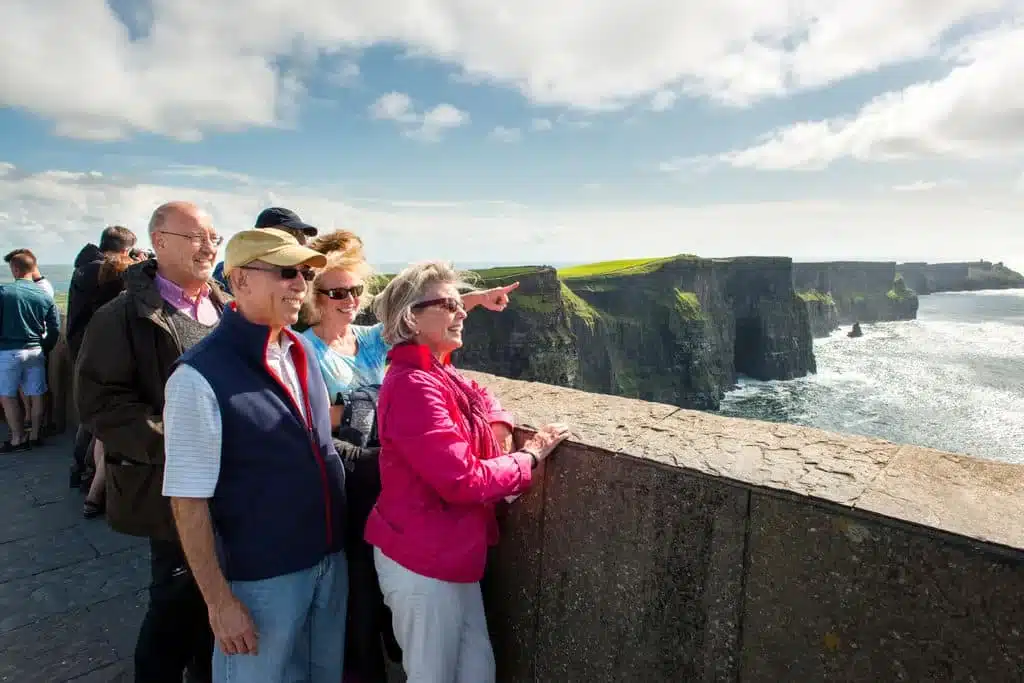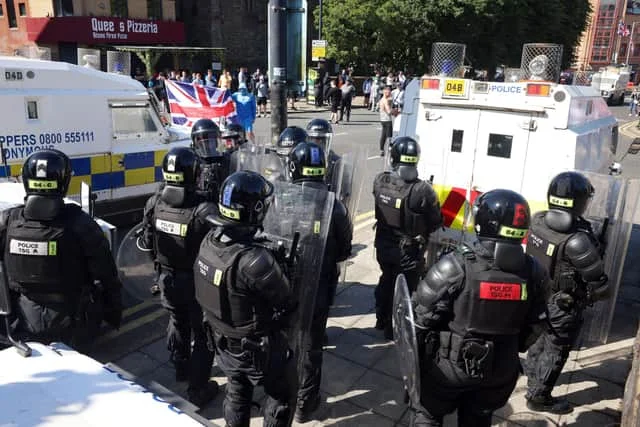Most Common Irish Road Signs Everyone Should Know
Are you planning to drive a car in Ireland? Then, you must familiarise yourself with Irish road signs. If you understand the meaning of these signs, you can easily avoid getting in trouble.
You will encounter these signs on the road. By being well aware, driving around Ireland will become smoother. This article lists Ireland’s most common road signs that make driving easier.
Importance of Irish Road Signs
You must be aware of road signs in Ireland when visiting or living there. Below is a brief overview of everything you need to know.
Local and Visitor Responsibility
Both locals and visitors need to know the rules of the Irish road before driving. One must be responsible enough to learn the Irish road signs and their meanings. This will help ensure safe driving.
Categories of Road Signs
In Ireland, there are three main types of road signs: These categories include regulatory signs like stop and yield, warning signs for bends or hazards, and informational signs that guide drivers.
Combined Sign Usage
Signs from different categories are often combined to enhance safety. A driver must know these, too, as they are invaluable in providing the driver with additional information.
Different Road Types
A driver in Ireland should also know that there are specific signs for different types of roads. For example, public transport lanes and roadworks will have particular traffic signs.
Most Common Road Signs and Their Meanings
In Ireland, traffic signs for driving tests are of utmost importance. During the Irish driving test road signs are often tested. Hence, you must know the Irish road signs listed below.
Stop Sign
The stop sign is octagonal, with a red background and white borders. The word “STOP” is visible.
These signs are usually found at the junctions between more minor roads and large roads. So, even if the road is empty, you must stop completely before driving ahead. This is one of the most frequently tested signs in the Irish driver theory test.
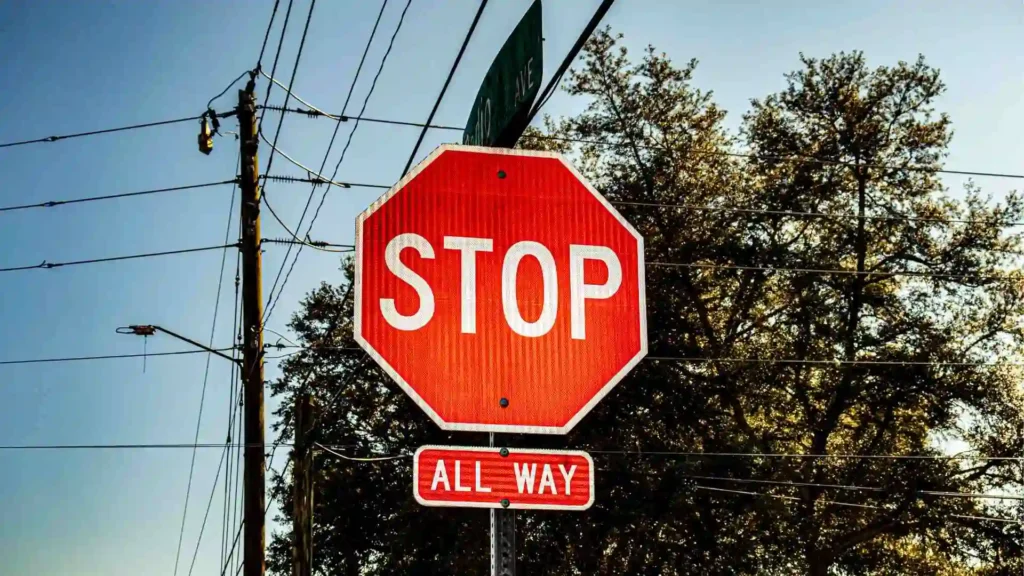
Yield Sign
This sign is an upside-down triangle. It has a red border with “YIELD” or “Géill Slí” mentioned on a white background. You can spot these at junctions or roundabouts. They are essential for the drivers on the roundabout. Understanding this is essential for passing your driving test in Ireland.
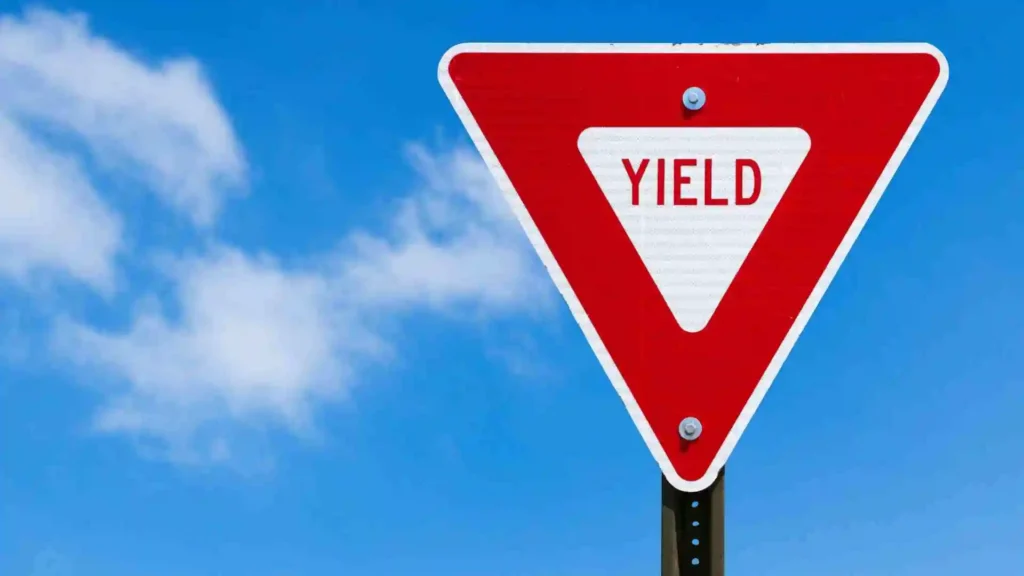
No Entry Sign
The no-entry sign is circular with a red border. It has a black upward-pointing arrow through which a diagonal red line passes. It can also be a white line across a white circle. However, the background remains red.
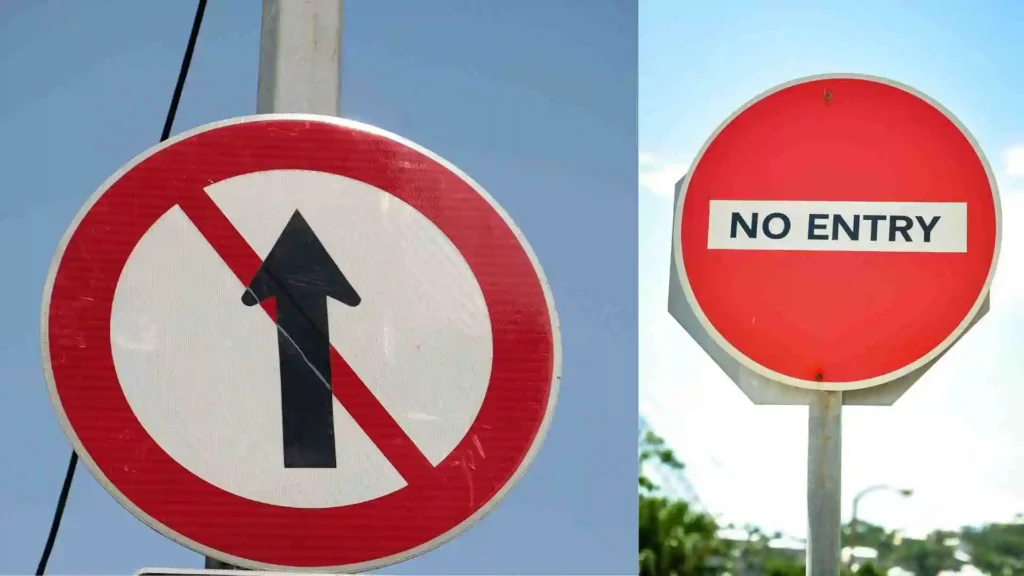
Speed Limit Signs
Speed limit signs in Ireland are critical to obey. These circular-shaped signs have a white background and a red border. On the sign, the speed limit is mentioned in black.
This means you cannot drive beyond the mentioned limit. Always drive slow near schools or in busy towns. Speed limit signs Ireland puts in these areas are strictly followed, so keep an eye out.
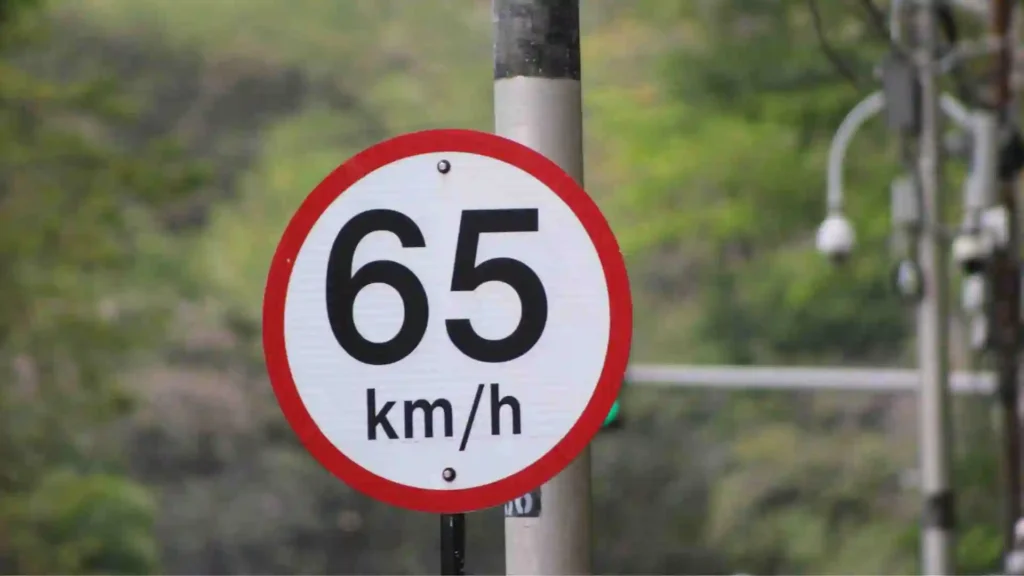
Turn Left or Right Signs
To turn left or right, look for a circular sign with a blue background at the junctions. The white arrow on it will indicate where to turn.
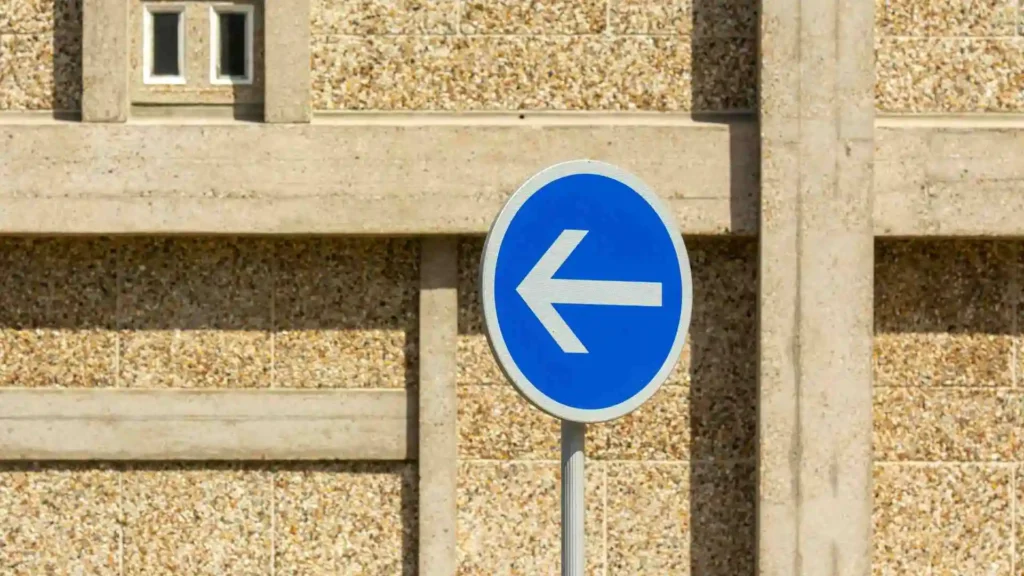
Roundabout Ahead
The road will have a diamond-shaped sign when there is a roundabout ahead. You can spot it from its yellow background with black borders. On it, there will be circular black arrows. This sign gives the driver time to reduce speed and approach carefully.
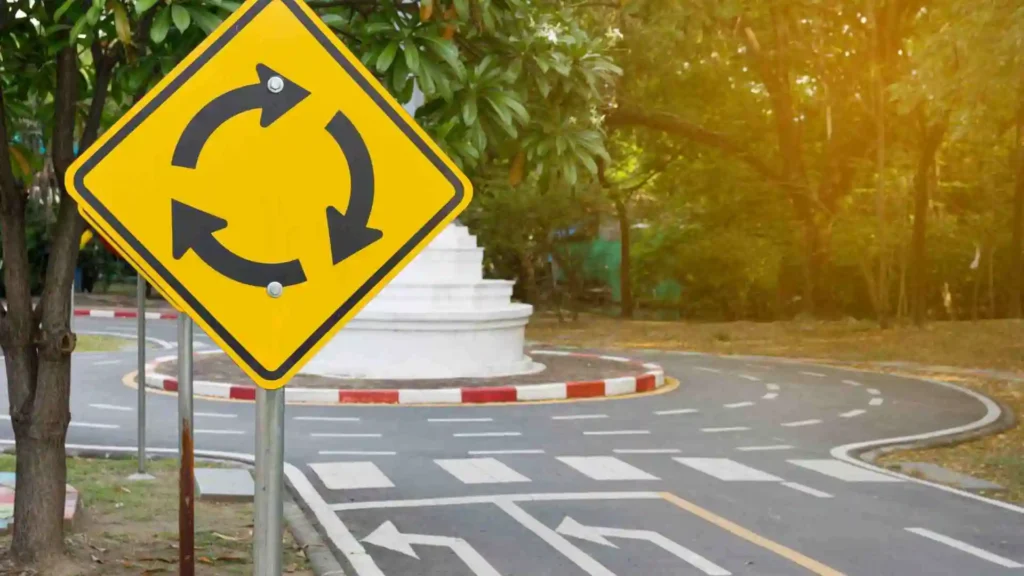
Two-Way Traffic
When driving on Irish roads, you must know the traffic signs. One sign indicates two-way traffic, and it is diamond-shaped, with two black arrows positioned opposite one another.
Its yellow background and black border make it easy to identify. This sign allows drivers to proceed carefully, especially on narrow roads.
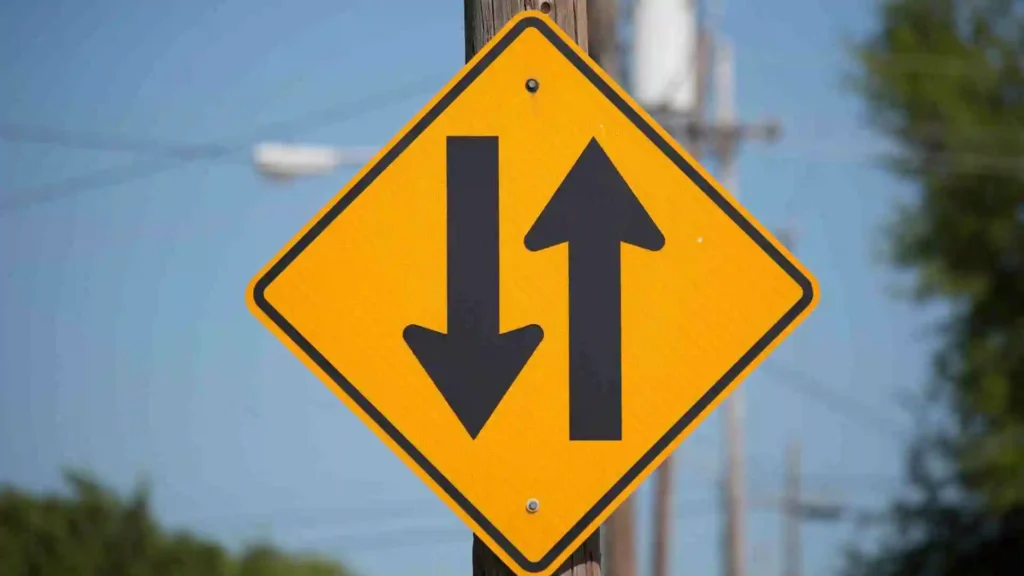
Series of Dangerous Bends
Drivers must be aware of dangerous bends. Hence, there is a diamond-shaped sign with black squiggly lines indicating bends. It has a yellow background and a black border. This helps the drivers reduce their speed and drive carefully.
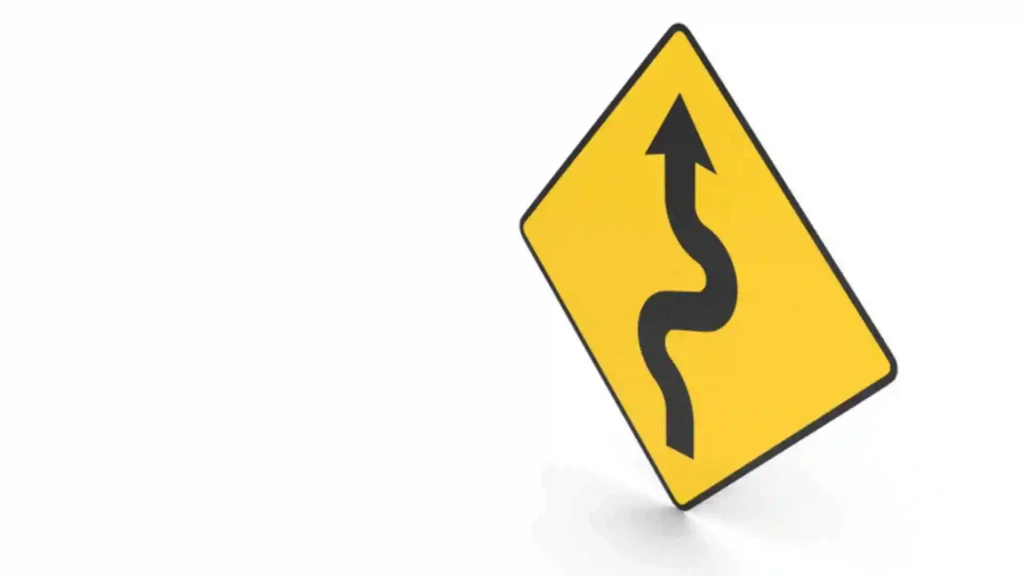
Chevron Board
If you see a series of black arrows on a yellow background, it is the Chevron board sign. This sign warns of any sharp bend in the road.
The arrows will also have directions. Be mindful of the spacing between the arrows, as they indicate the severity of the bend.

Junction Ahead
To determine whether the road has a junction ahead, look for a diamond-shaped sign with a yellow background and black border. The type of junction will also be indicated on the sign. Types include crossroads, T-junctions, staggered junctions, and even turns.
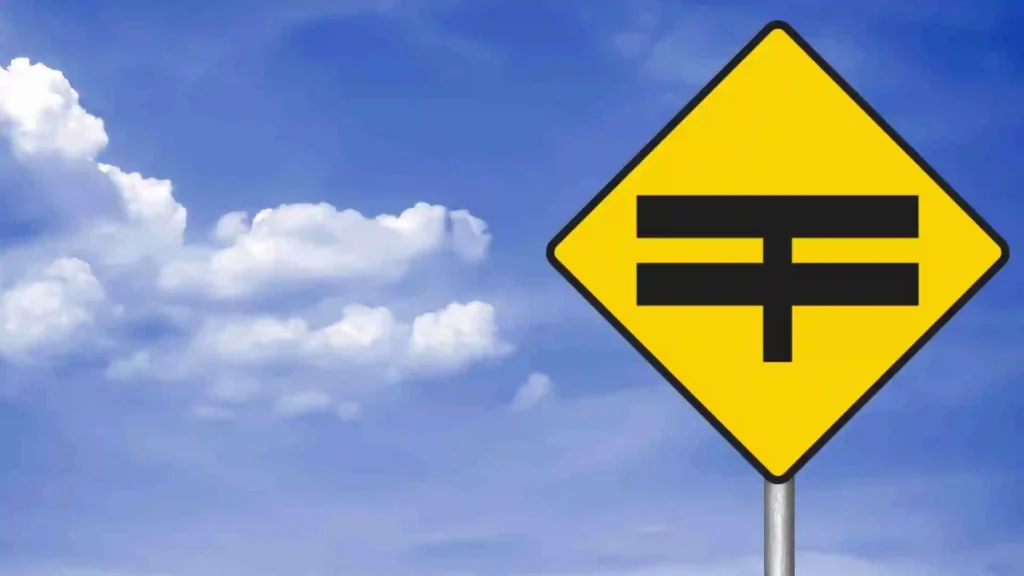
Conclusion
In conclusion, whether you are a visitor or an Irish citizen, you must follow the rules of the road in Ireland. You should know the typical Irish road signs to obey the traffic rules. This knowledge will allow you to explore Ireland by car with confidence.
You will save yourself from a lot of trouble, too. It is always better to drive with responsibility without putting anyone’s life in danger. So, learn the rules about Ireland traffic lights, road markings, and signs before embarking on the best road trips in Ireland.
FAQS
LATEST NEWS
DISCOVER MORE




